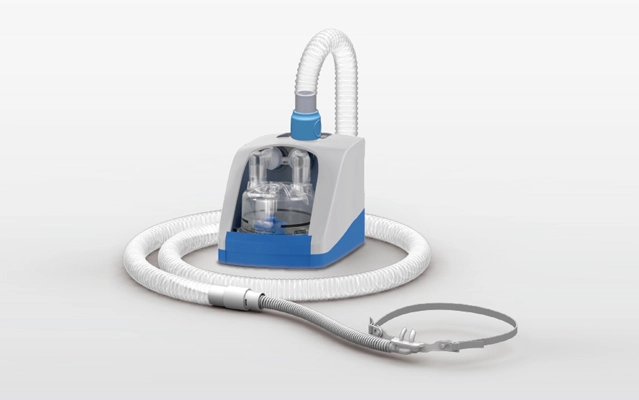What is Internal Sidestream EtCO2 Sensor Used for?
The internal sidestream EtCO2 sensors are used to measure the carbon dioxide (CO2) levels in a patient's breath during anesthesia or ventilation procedures. They are typically inserted into the patient's airway, either through an endotracheal tube or a specialized sampling tube. These sensors monitor the effectiveness of ventilation and the patient's respiratory status by continuously measuring the concentration of CO2 in the exhaled breath. This information helps healthcare professionals assess the patient's ventilation and ensure that the correct amount of CO2 is being expelled from the body, indicating proper lung function and gas exchange.
 English
English












